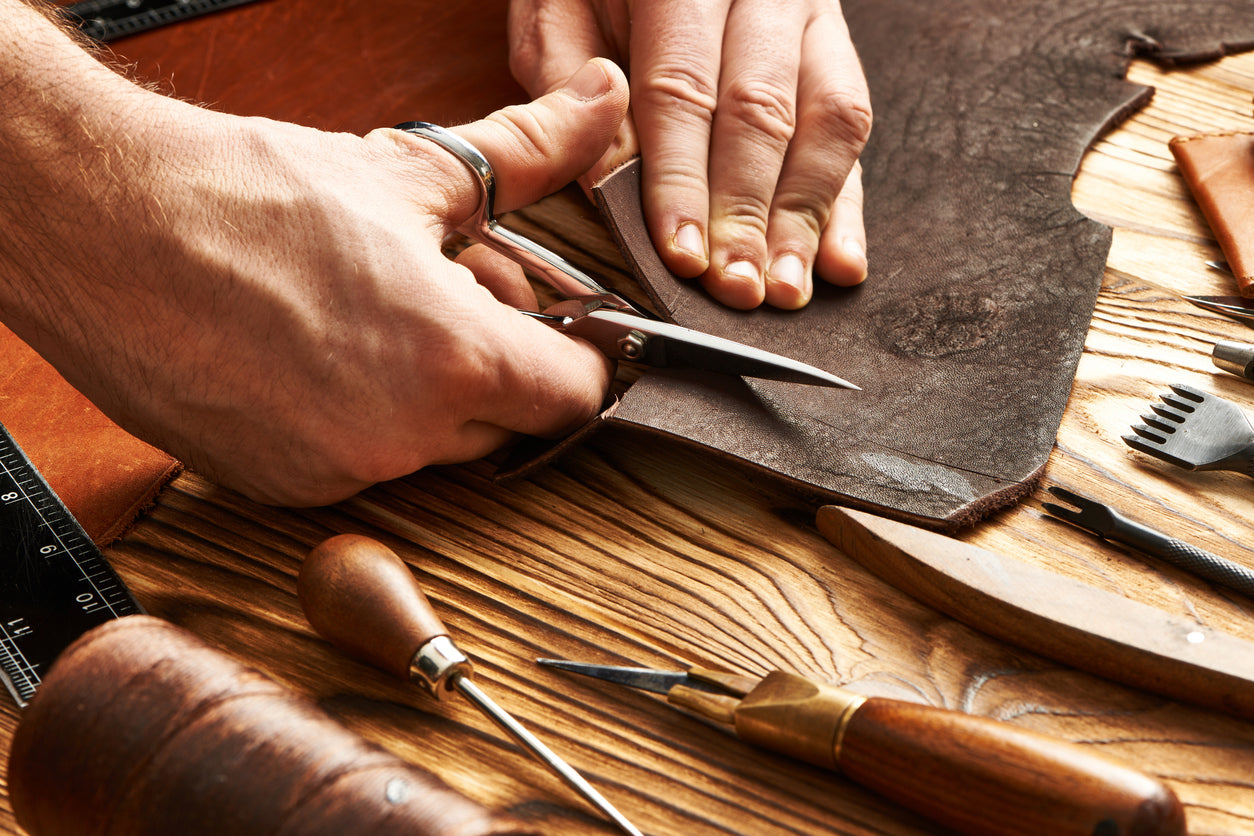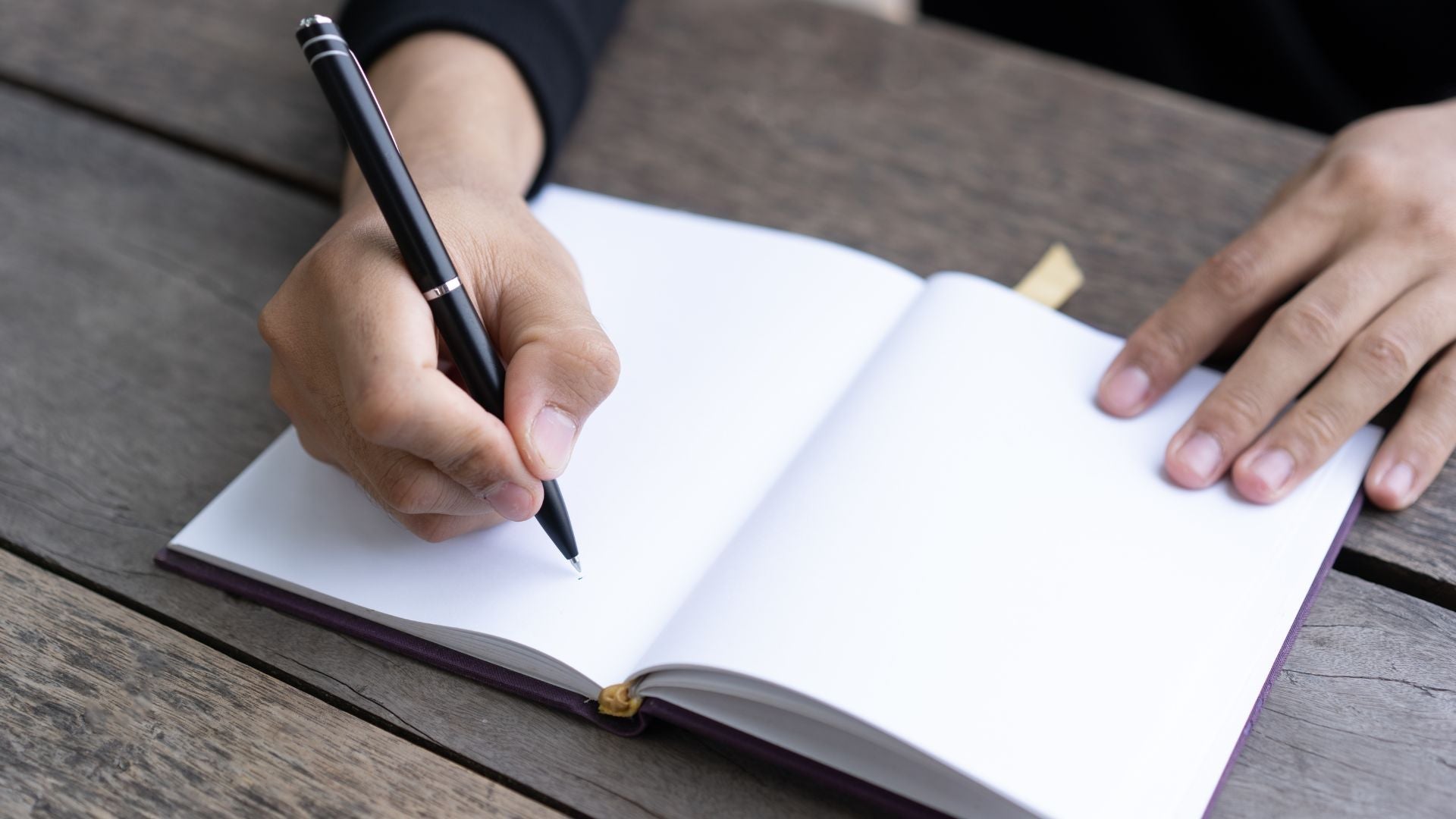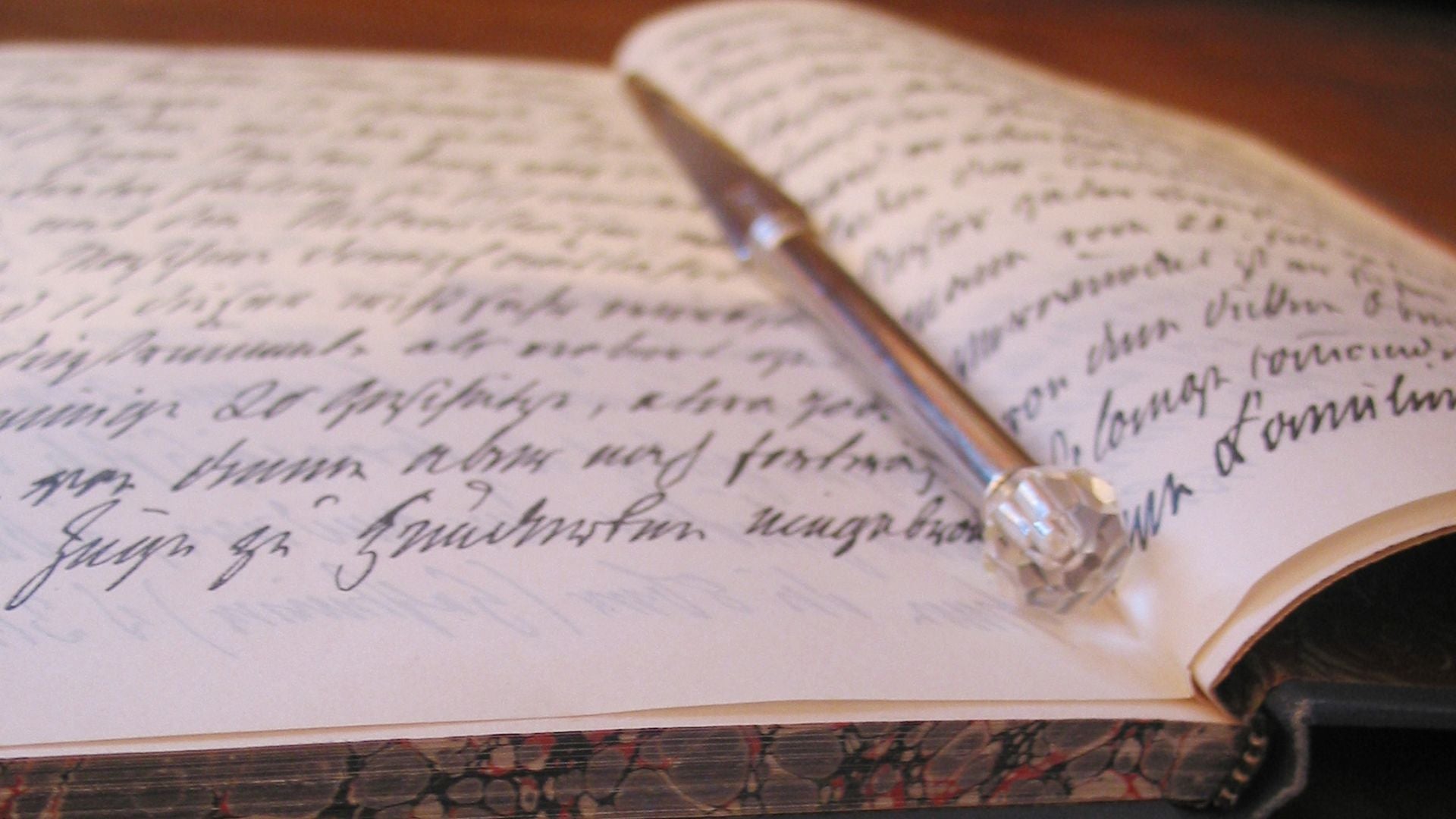They say that with age, comes beauty; in the case of quality leather this sentiment certainly holds true. As a product, leather has the rare quality of capturing the story it has lived – every scuff and scratch on a jacket are a reminder of a nights out with friends, each engrained crease on a journal serves as proof of the memories written within, the gradual darkening and aging of a leather purse is evidence of a bag that has been by your side through it all.
But what is it about leather goods that draws us in? Perhaps their durability; leather has a well-earned reputation for remaining intact and strong against the depredations of time and nature. Perhaps style; the longevity of leather often leads manufacturers of leather goods to add panache to their products, knowing that because customers are looking for something that will last a long time, they are looking for something stylistically timeless. Some people just want to own a “cool” thing, because to many, researching whether or not a product is made from high quality leather doesn’t matter much. They want leather because leather is trendy in and of itself.
There’s more to leather than style, though, more than the idea that “leather is good,” full stop. There is a reason “Italian leather,” unlike any other kind, has its own phrase in the modern lexicon. Italian leatherworkers, especially centered around Florence, have a method of leather creation that is unique across the world. Ancient techniques, evolved over thousands of years and passed down through both generations of families and centuries-old businesses, have made Florentine artisans the rarest of crafters—ones whose unique, handmade items still maintain a level of quality light years beyond what more advanced technological methods can produce. For as much as modern life involves making allowances in quality to enjoy less expensive goods, no leather aficionado will ever claim Italian leather is not good enough to warrant its slightly higher expense.
To understand why this is, we must start with a comparison between top-grain and full-grain leather. For starters, “top-grain leather” is a misnomer; it creates an implication of “top” quality, when in fact the leather is degraded by the process. If you see top-grain leather being advertised, it usually refers to leather which has had the natural grain sanded away from the leather’s top surface. With the genuine grain removed, imitation grain can be layered on top to provide a uniform appearance. This is popular on products where a uniform look is frequently desired (e.g. couches), but degrades the useful lifetime of the leather.
Full-grain leather, on the other hand, is the highest quality leather available due to the fact the entire grain layer is left intact. While top-grain leather begins wearing out as soon as it starts being used, full-grain leather develops a patina, or set of patterns, based on the usage patterns of its owner.

Like snowflakes, full-grain leather goods wind up with their own unique look. A bag carried by loose straps lightens more beneath the straps on one side because its owner always carries it on her left; a recliner carries a handsome scuff on the right side of its footrest because the man who has used it for thirty years pushes down with that foot when he gets up; a young woman always remembers her first car from the sleek lines on her bomber jacket’s right forearm from where she used to lean on the armrest. For this reason, full-grain leather is popular amongst leather aficionados in any type of item, but it most commonly finds its way into smaller, more personal products like clothing, journals, and leather photo albums.
While both types of leather are used by manufacturers the world over, Italian leather is set apart by how its full-grain leather is crafted. Where leather tanners tend towards chrome (or mineral) tanning, a process that uses acids, chemicals, and salts to treat the hide in a matter of hours, handmade Italian leather still relies on the longer, more consistent and stable process of vegetable tanning.
The differences in these techniques appear as soon as the leather is finished. Chrome tanning leaves leather with a plain texture that looks cheap at best and downright artificial at worst; it’s used to create a uniform appearance, like slightly thicker fabric. Vegetable tanning, on the other hand, in addition to developing a patina through use, carries the marks of its manufacture immediately. Shopping for this type of leather means you can look for the item that’s just right for you, since they’re all a little bit different from the start.
The exact method used by each Italian leatherworking company varies; Italians have developed their styles over thousands of years, and guilds began protecting the manufacturers’ secret techniques during the Medieval Era. Their secrecy has been so effective that Florence and the surrounding region have remained the core of the industry all the way to the present—Santa Croce sull’Arno, a town located in the vicinity of Florence, is responsible for thirty-five percent of all Italian leather production today.
There are commonalities among their methods that we do know. Vegetable tanning uses only natural ingredients derived from tree bark, usually of the oak or chestnut varieties. Most parts of the process must be done by hand, to ensure consistent application of the tannins throughout the leather and that the leather is not damaged at any point, as can happen with machine processing. The leather is also soaked in tanning solutions for considerably longer than occurs during the chrome tanning process. From the beginning of the process to the end, top-quality Italian leather takes forty days to complete.

The difference is noticeable from the moment you open an Italian leather good next to one of its mundane counterparts. A top-grain leather journal, for example, often feels flimsy and thin, the leather untextured and uninspiring. If there’s a smell of leather at all, it quickly evaporates, leaving a floppy cover that’s hardly better than a thick sheet of paper. The Italian leather journal, on the other hand, carries its scent well and the ancient crafting techniques behind its creation even better. It shines with the light as quality leather should, and it feels thick and sturdy to the touch. And as mentioned, in time it even personalizes itself to your touch.
There’s more to it, however, something special about owning an Italian leather journal. It’s a je ne sais quoi, a thing difficult to describe in a way that will apply to most people. On a personal level, however, the difference is this: When you lift an Italian leather journal off the table, before you so much as crack open the cover, it feels like you’re holding an old book. Living in a world filled with paperback and cardboard hardcovers lining the shelves of bookstores, the feel of the leather protecting its pages makes the journal seem as though it must have been crafted in the days when every book was precious and thrust forward in time, into your hands.
Then there’s using the journal itself. In general, people write in leather bound journals to scribe thoughts they don’t want to forget, be they personal musings, creative concepts, or random ideas, and in theory, any journal is sufficient for this purpose. All you need is paper, a pen, and enough time to move an idea from your mind to the page. This is a valuable activity and one which more people would do well to begin. But the reason many don’t is that they see no use in writing to themselves.
A good Italian leather journal changes this. Because they feel like old books, even when they’re open and you see the blank pages, it makes you feel like you’re writing that book yourself. The journal is no longer merely a vessel for your thoughts, it is a historical document not yet written, which only you have the power to fill. You are writing the essays that should have been, the stories that were once dreamed. You are walking the avenues that went unmentioned and shining light upon them for the first time. The novelist becomes Austen; the essayist becomes Emerson; the scientist becomes Newton. And when you tie a cord around the protective leather cover, like those writers of old once did, the bends and twists in the leather mark your journal not as mere personal writing, but as part of an ancient literary tradition.
Italian leather is history—an institution that has survived the centuries on the strength of its craftsmanship and supreme quality. No matter what you’re shopping for, if made from leather, find out if it’s Italian leather first. And if you’re looking for handmade custom journals or photo albums, contact us to discover the joys of connecting your history to ancient Italy.
Special thanks to Dave Powers for contributing to the Epica Blog. Want to write for us? Send your article to info@epica.com, and we’ll consider it for publication!








